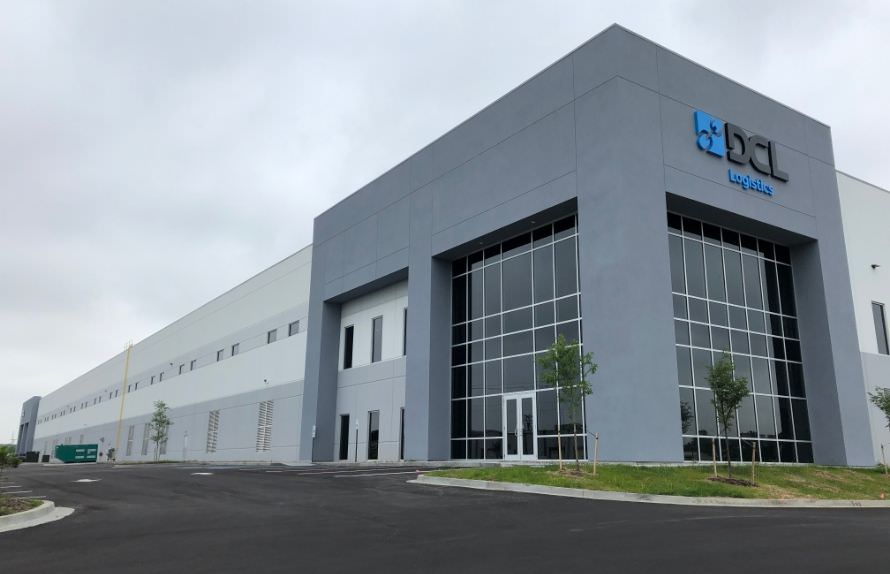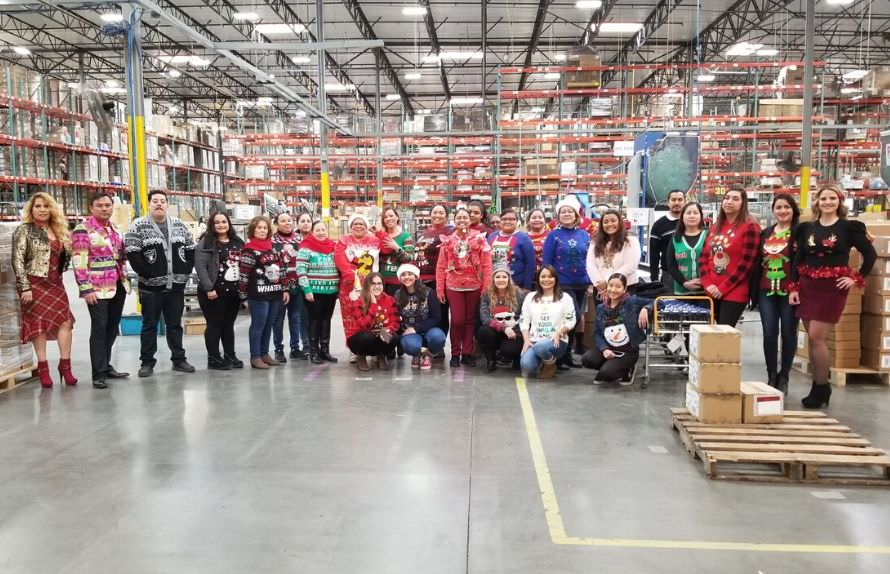
First Article inspection (FAI) is a critical quality assurance process to find non-conformance in used across industries (automotive, medical devices, aerospace, and more) but it is a highly valuable aspect of a quality management system for any warehouse processing ecommerce products.
The goal of the first article inspection process is to ensure that the first production run of any new or modified products meet design requirements and quality standards; that any deviations from the original product design is found before mass production.
Brands need to ensure that every customer—whether direct-to-consumer, through an online marketplace, or from the shelf of a retail store—gets the same product as the next customer. First article inspection is the best inspection method for traceability and quality control for ecommerce products.
If you fulfill products in-house or outsource to a third-party logistics provider (3PL) your fulfillment center or warehouse should maintain industry standards by including first article inspection in all product inspection plans.

What Is First Article Inspection (FAI)?
At its core, First Article inspection is an initial quality verification step conducted at the start of a new production run or following significant changes to a manufacturing process.
This process ensures that the “first article” or the first item produced under the new conditions adheres to specified design and quality standards. Essentially, FA serves as a checkpoint, confirming that the manufacturing setup is functioning correctly before full-scale production begins.
For an ecommerce business, this is important when launching a new product, bringing existing products to a new facility, changing the packaging or labeling on existing products, adding various sizes or colors to an existing line of products; basically, adding any new SKU. Using FA inspection is also helpful as a spot check for existing products.
Why Is FA Inspection Important?
By identifying potential issues early in production, FAI saves time, money, and resources while ensuring high-quality products.
- Prevents Defects Early: FAI identifies production errors in the initial stages, ensuring the final product is defect-free.
- Saves Time and Money: FAI helps avoid delays and expenses associated with rework or scrapping defective products.
- Ensures Consistency: FAI guarantees consistent results, critical for industries requiring stringent quality standards.
- Regulatory Compliance: Many industries mandate FAI as part of their quality and safety standards, ensuring compliance with certifications and regulations.
The Basic Steps Creating a First Article Inspection Report: What is the FAI Process?
Your 3PL or warehouse quality team should be conducting the following FA inspection process.
- Stakeholder Collaboration: FA inspection requires input from multiple departments, such as Quality Assurance, Operations, and Client Services, to review the first product holistically.
- Quarantine the First Unit: The first manufactured unit is set aside for detailed inspection and acts as the benchmark for the rest of the production run.
- Comprehensive Inspection: The first article undergoes thorough evaluation against the blueprint, design specifications, and performance criteria. Parameters like size, material, shape, and function are assessed. Any software components will complete a functional testing review.
- Documentation: Inspection results are recorded on an FA form, signed by relevant stakeholders, and retained as a formal record. This documentation may also note any corrective actions taken.
- Addressing Issues: If the first article fails, the manufacturing process is adjusted, and re-inspection for product accountability is performed to verify that corrections were effective.
- Final Approval: Once the first article passes, the production process receives approval, and subsequent products are expected to meet the same standards.
Conclusion
First Article inspection is a proactive measure that ensures products meet the highest quality and regulatory standards. By catching issues early in production, FA enhances efficiency, reduces waste, and upholds product reliability.
This article was written by Marcus Chaudoin, Client Services Manager at DCL Logistics. Marcus brings over 26 years of industry experience to his role, including time at USP and multiple electronics manufacturing and supply chain companies.
Tags: Warehouse Management








